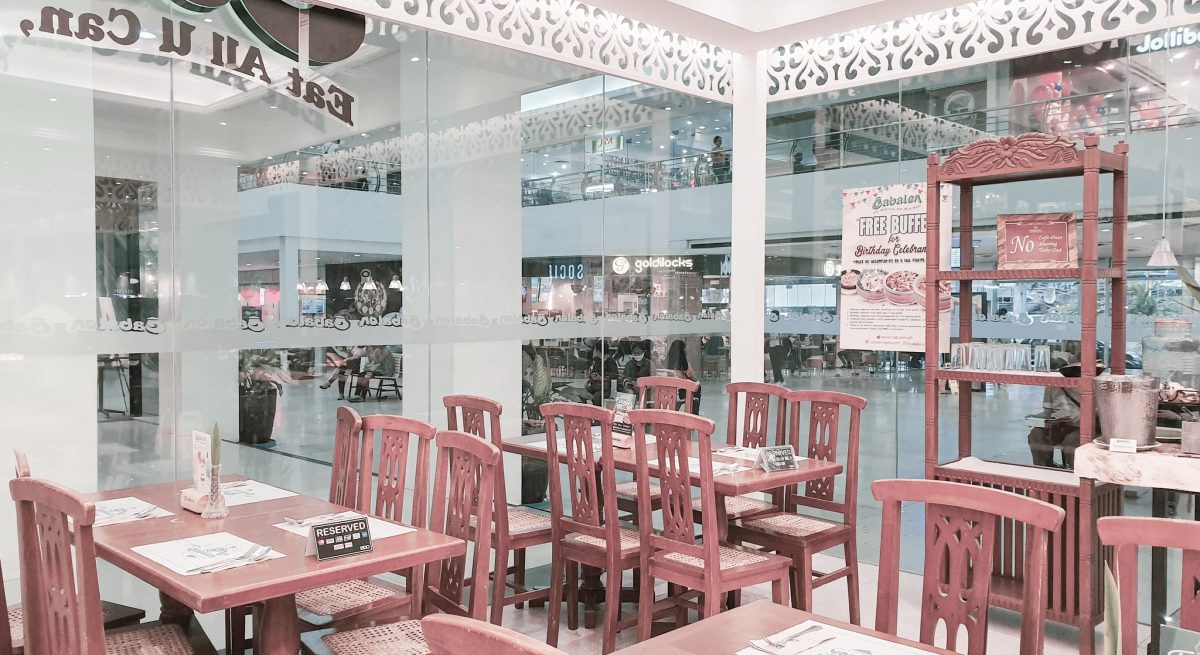Restaurant Resiliency: Deploying and Securing New Operational Models
3 Min Read By Courtney Radke
From the expansion of drive-through operations, delivery services and curbside pick-up, to on-lot pop-up restaurants and even satellite locations, restaurants are using technology to survive and, in some cases, thrive in these challenging times.
Restaurants Doubling Down on Drive-Thru, Curbside and Delivery According to The NPD Group, take-out and delivery accounted for nearly 50 percent of all restaurant spend in 2019. And now, with 92 percent of all restaurant traffic now being off-premises, restauranteurs who had already integrated digital and omni-channels practices into their businesses are seeing much greater sales volume and repeat visits than those who have been forced into suddenly adopting a digital strategy.
For those restaurants that need to build out or expand their capabilities to meet customer demand, this means installing new hardware or repurposing existing infrastructure that may have previously serviced guest access or internal business operations. But whether a…
Sorry, You've Reached Your Article Limit.
Register for free with our site to get unlimited articles.
Already registered? Sign in!


